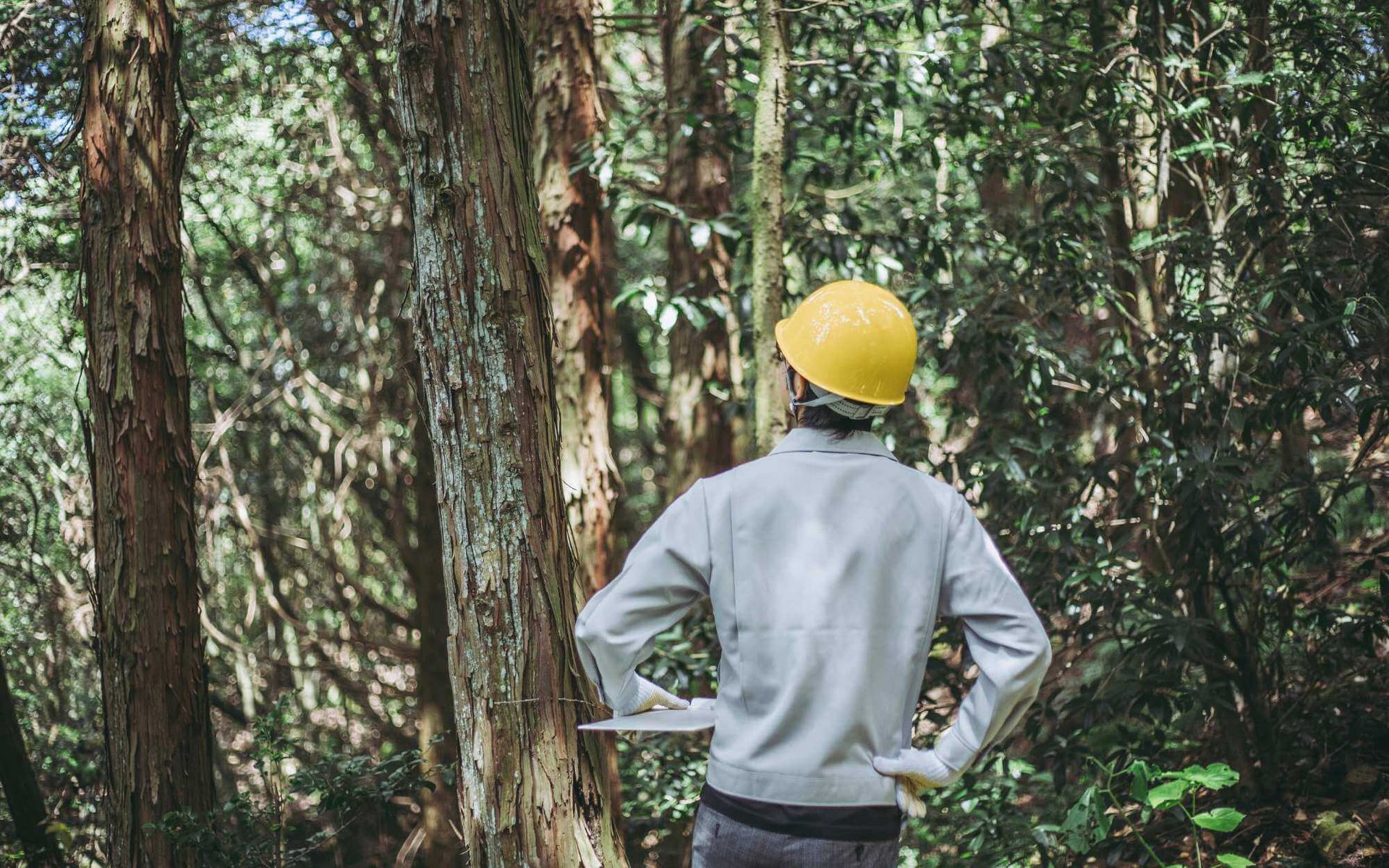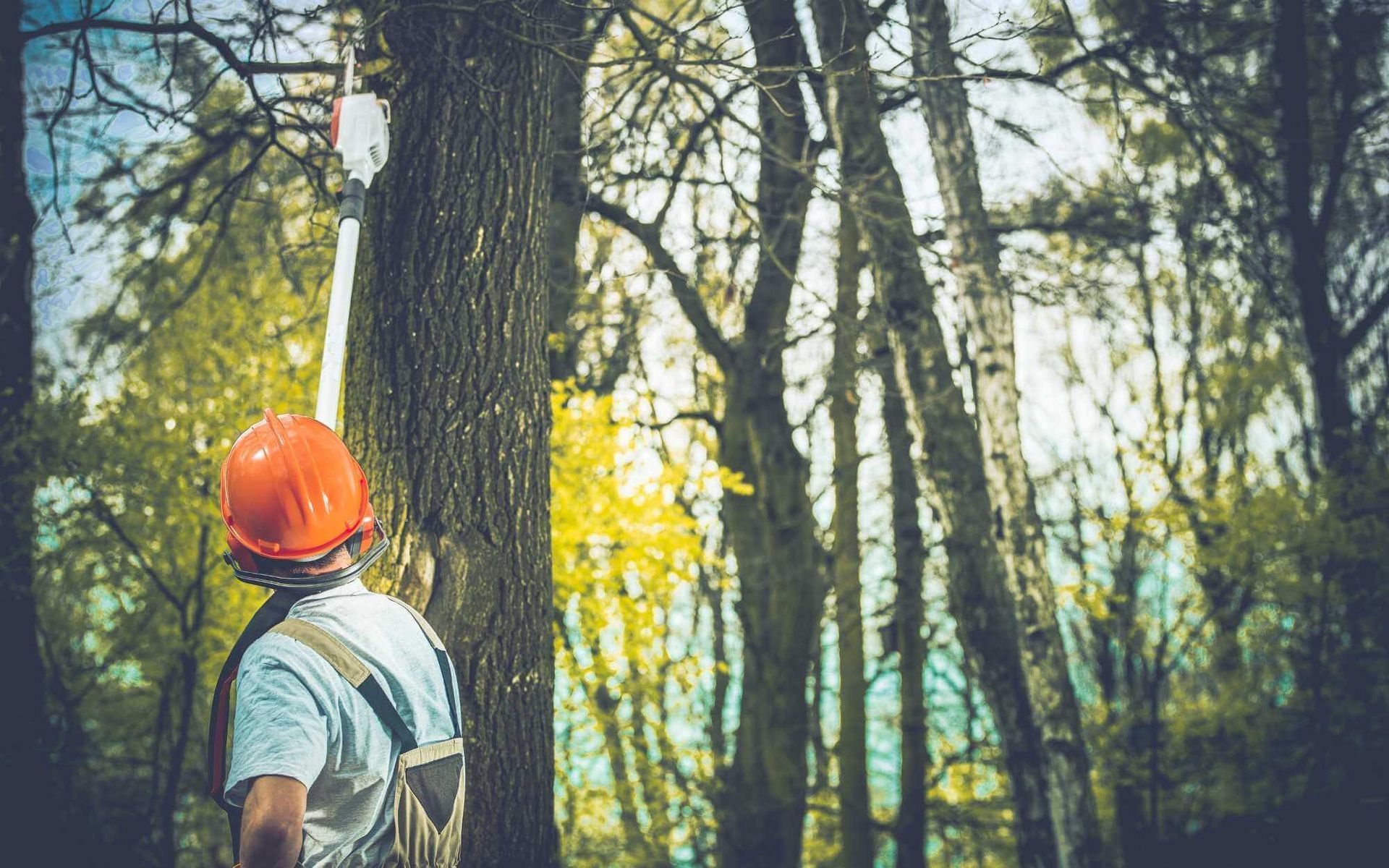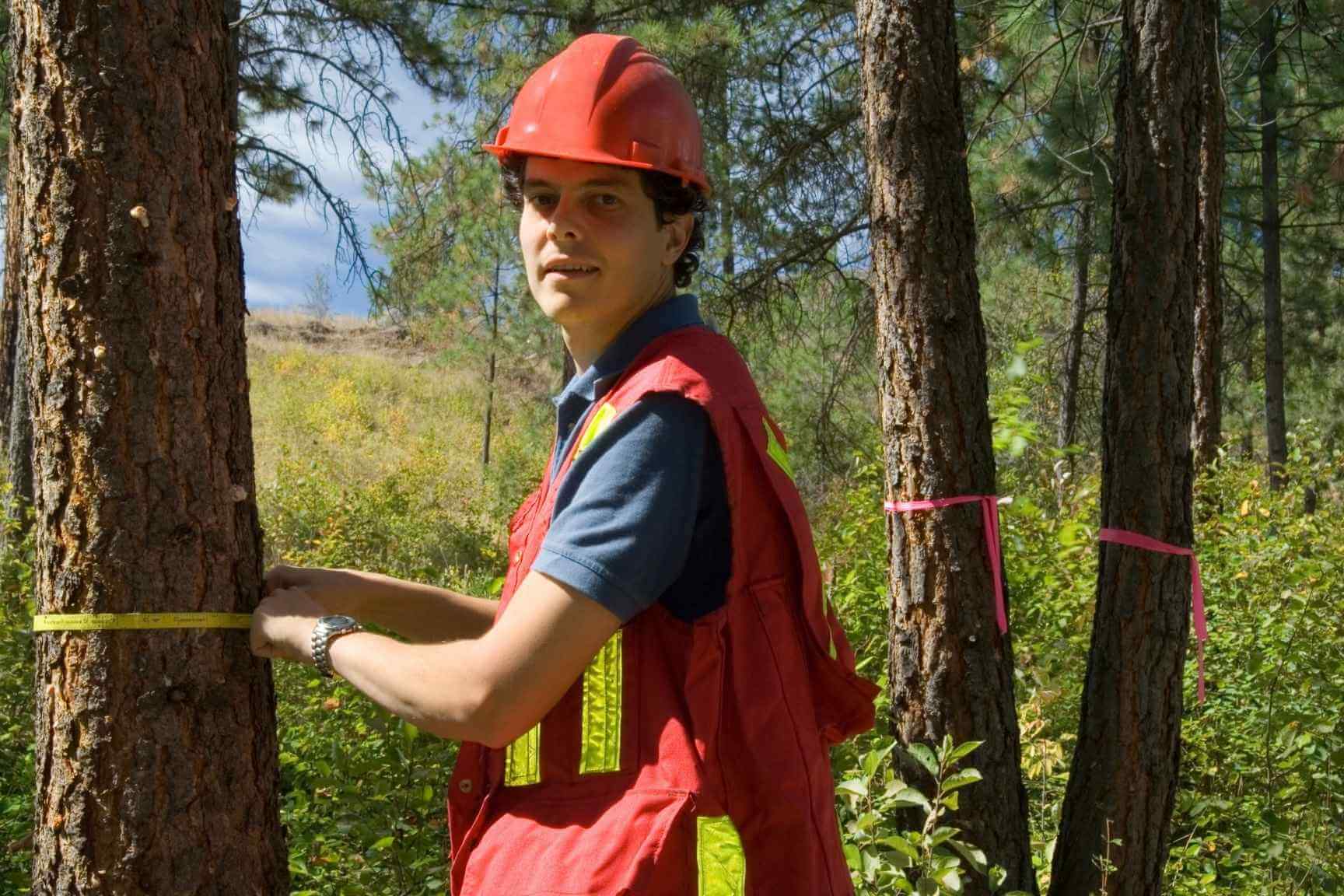Arborists Perspective on Understanding Tree Hazards
PUBLISHED ON
SHARE THIS ARTICLE

Trees are a vital part of our ecosystem, providing oxygen, shelter, and aesthetic appeal. However, they can also pose risks. Understanding tree hazards isn't just about appreciating the beauty of trees, but also about ensuring our safety and tree health.
Arborists play a crucial role in tree hazard assessment, using their extensive knowledge and expertise to identify potential dangers and provide solutions.
Today, we're shedding light on valuable insights into identifying hazardous trees and the role of arborists in promoting safe and sustainable environments.
Identifying Tree Hazards
Expert arborists identify potential tree hazards through careful examination of several key factors. They look out for signs of disease or pest infestation, such as discolored leaves or the presence of insects. They also inspect for structural issues, like weak branches or unstable roots, which could lead to the tree falling.
Other indicators include the presence of deadwood, cavities, or decay, which are often signs of internal damage. Common tree hazards include falling branches (often from overgrown or diseased trees), root instability, and dead or dying trees that can fall without warning.
Arborists use these signs and symptoms to assess the overall tree's health and help reduce the risk of failure and damage it may pose to its surroundings.
Assessing Tree Hazards

Arborists employ a range of techniques and tools for hazard evaluation.
Visual Tree Assessment (VTA) is a common technique used, where the tree's external structure is closely examined for signs of decay, pests, or structural instability.
Tools such as resistographs and tomographs aid in identifying internal decay invisible to the naked eye. Sonic tomography, for instance, helps detect decay and cavities by interpreting sound waves passed through the tree's trunk.
Arborists also consider factors like tree species, age, environmental conditions, history of failure, and the proximity of trees to people or property when determining risk levels.
This systematic process ensures a comprehensive evaluation of visible and hidden hazards, allowing for informed decisions regarding tree management.
Mitigating Tree Hazards
Arborists mitigate tree hazards through regular maintenance, inspections, and targeted interventions. Regular pruning helps control tree growth, removes dead branches, and maintains the tree's structural integrity.
Arborists also conduct routine inspections to identify early signs of decay, disease, or pest infestation, intervening promptly to address these issues. In more severe cases, they might recommend tree removal to eliminate the hazard.
Beyond mitigations, arborists advocate for tree health. They ensure optimal soil conditions, encourage appropriate watering practices, and may utilize treatments to boost tree defenses against pests and disease.
Their work is pivotal in fostering healthy, safe, and sustainable environments. Regular tree care by certified arborists can significantly reduce potential hazards while promoting the longevity and vitality of our urban trees.
Collaborating with Arborists

Consulting a professional arborist for tree hazard assessment comes with several benefits.
Arborists possess specialized knowledge and skills to identify visible and hidden hazardous trees that may otherwise go unrecognized by property owners. Their comprehensive approach ensures the early detection of potential risks, enabling preemptive action that can minimize damage or injury.
Arborists work collaboratively with property owners to address these hazards. They provide practical advice on tree management, tailored to each unique situation, and can undertake necessary interventions such as pruning, cabling and bracing, treatment application, or tree removal.
Engaging with arborists enhances the safety of properties and fosters long-term tree health and safety, promoting a greener, more sustainable environment.
Spot Tree Hazards Like a Pro
Understanding and managing tree hazards is crucial for environmental safety, health, and sustainability. Arborists, with their proficiency in tree health and risk assessment, play an integral role in this process. They detect visible and hidden hazards, implement mitigation strategies, and provide tailored advice for tree management.
Seeking advice from these tree service professionals not only ensures the safety of our properties but also significantly contributes to the longevity and vitality of our trees.
Consult with our
tree risk assessment arborists today for a greener, safer, and more sustainable environment.
Want a free quote or some friendly advice? Call our team today:






